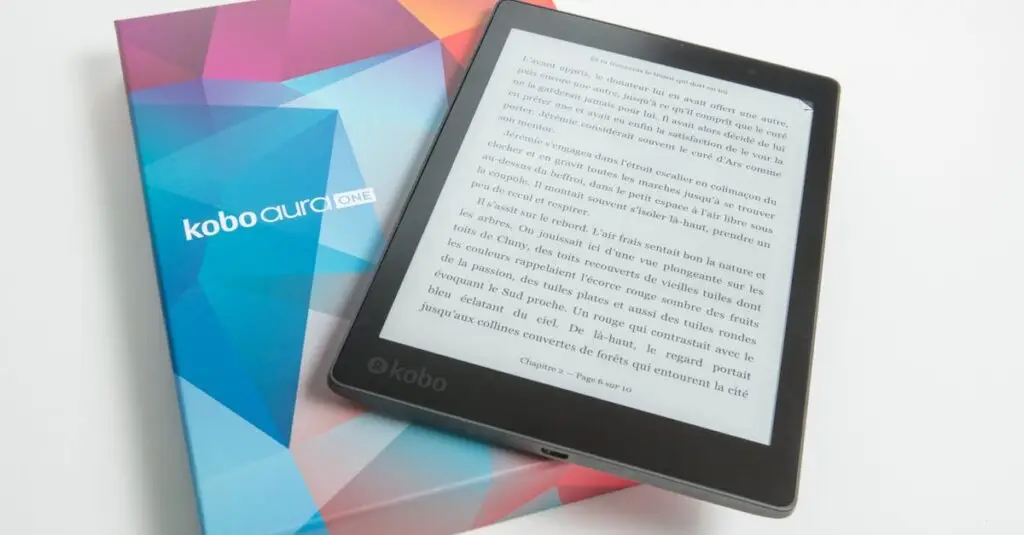Our Journey to a Paperless Initiative
Ever stared at a mountain of paperwork and thought, “There’s got to be a better way to do this”? You’re not alone. We’ve all been there. The frustration of sifting through stacks of paper can feel insurmountable, yet the aim is always the same: efficiency. Let me take you through our journey to a paperless initiative and share some nuggets that might just inspire your own transformation.
Why Go Paperless?
Going paperless isn’t just a catchy phrase; it’s a game-changer for organizations, especially in the shared services realm. Here’s why we decided to jump in:
- Cost Savings: Think about it. The cost of paper, printers, inks, and storage adds up.
- Environmental Impact: Less paper usage means less environmental strain. We’re doing our part.
- Efficiency and Speed: Finding a document shouldn’t take a treasure hunt. It should be a couple of clicks.
- Better Collaboration: Teams can work together on documents in real time, without the risk of someone having the “one true document”.
Each one of these reasons was a motivator for us. But it wasn’t as simple as just deciding to “go paperless.” We had to first acknowledge the challenges and the mindset shifts required.
Understanding the Challenges
We had our fears. What if the technology failed? What if our team resisted change? Would we lose critical data? But let’s face it; hanging on to paper was scarier. We had to hustle through these hurdles by laying out our strategy holistically.
Steps We Took Toward Paperlessness
Transitioning to a paperless initiative wasn’t a light switch. It took real planning and effort. Here’s how we did it:
- Assessment of Current Processes: This was the groundwork. We documented where paper was being used in our workflows.
- Involvement of All Stakeholders: From associates to super users, getting everyone on board was crucial for buy-in and strategy development.
- Investing in the Right Technology: We explored various software options that could fit seamlessly into our operations. Platforms focusing on process optimization were top of our list.
- Training and Support: Perhaps this was the most vital part. Training sessions to familiarize everyone with the new systems were key.
- Continuous Improvement: We understood that transformation is not a one-time event. We continued to gather feedback and refine our approach.
This roadmap wasn’t perfect, but it laid the foundation for significant change.
Success Stories Along the Way
One standout moment came when our finance team transitioned to electronic invoicing. Initially, there was hesitation, but after a few months, the results were undeniable. They saved hours every week—money and time were saved, which led to happier clients and staff. Plus, it kept the paperwork from piling up.
Another fantastic win was in our customer experience. Clients loved how quickly we could retrieve their historical data without rifling through boxes. It made our service more agile and responsive, translating to better outcomes for everyone.
The Power of Culture
When embarking on this transformation, I realized that a paperless initiative is not just about the tech—it’s about the culture.
- Growth Mindset: Embrace a culture where change is seen as growth, not a threat.
- Open Communication: Encourage feedback. It’s a two-way street; their insights could lead to better adaptation.
- Recognition: Celebrate small wins. Acknowledge efforts that led to less paper usage.
By reinforcing these cultural elements, our transition felt less daunting and more like a community effort.
Learning and Adapting
This journey has not been without its lessons. We learned to pivot when technology didn’t work as planned—or when an internal process changed unexpectedly. Flexibility has been our superpower. We adapted quickly, whether that meant changing tools or shifting our focus based on team feedback.
Every challenge we faced only made us stronger and pushed us closer to our goal. It reinforced our belief that the move to a paperless environment, while initially tricky, would lead to long-term gains.
Looking Ahead
Let’s sprinkle a bit of hope and ambition into this discussion. The journey isn’t over. We’ve set the stage for continuous enhancements, exploring new tools and leveraging insights from other teams. The landscape of shared services transformation continues to evolve, and we’re committed to keeping up.
Staying proactive means being aware of new advancements that streamline processes further. It could involve integrating artificial intelligence or exploring automation to optimize workflows even more.
Final Thoughts
So, is going paperless the future? Absolutely. It’s a step toward a smarter, more sustainable way of conducting business. And remember, this isn’t just a tech challenge—it’s a cultural shift. By fostering a growth-focused mindset and keeping communication channels open, you can ease your team into this transition.
As you reflect on your organization’s strategy, consider not just the technologies available but also the people affected by them. It’s not only about reducing the footprint of paper; it’s about crafting an experience—for your team, for your clients, and for the planet.
Interested in learning more about shared services transformation? The GBS Edge blog offers a fantastic range of insights—don’t miss out!


